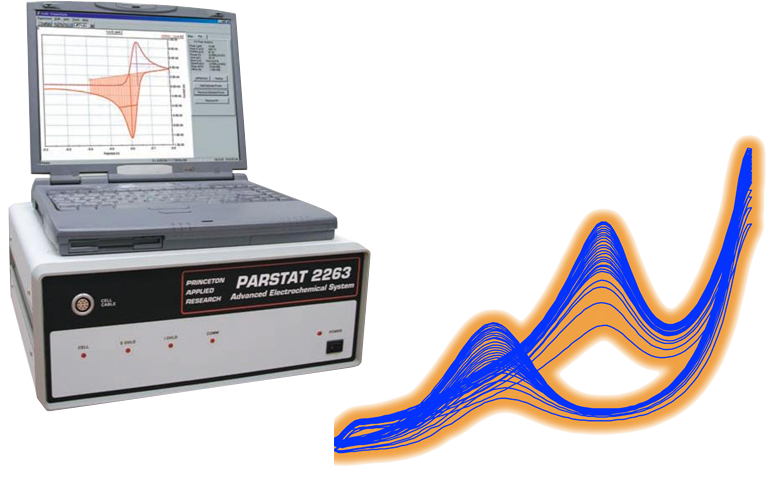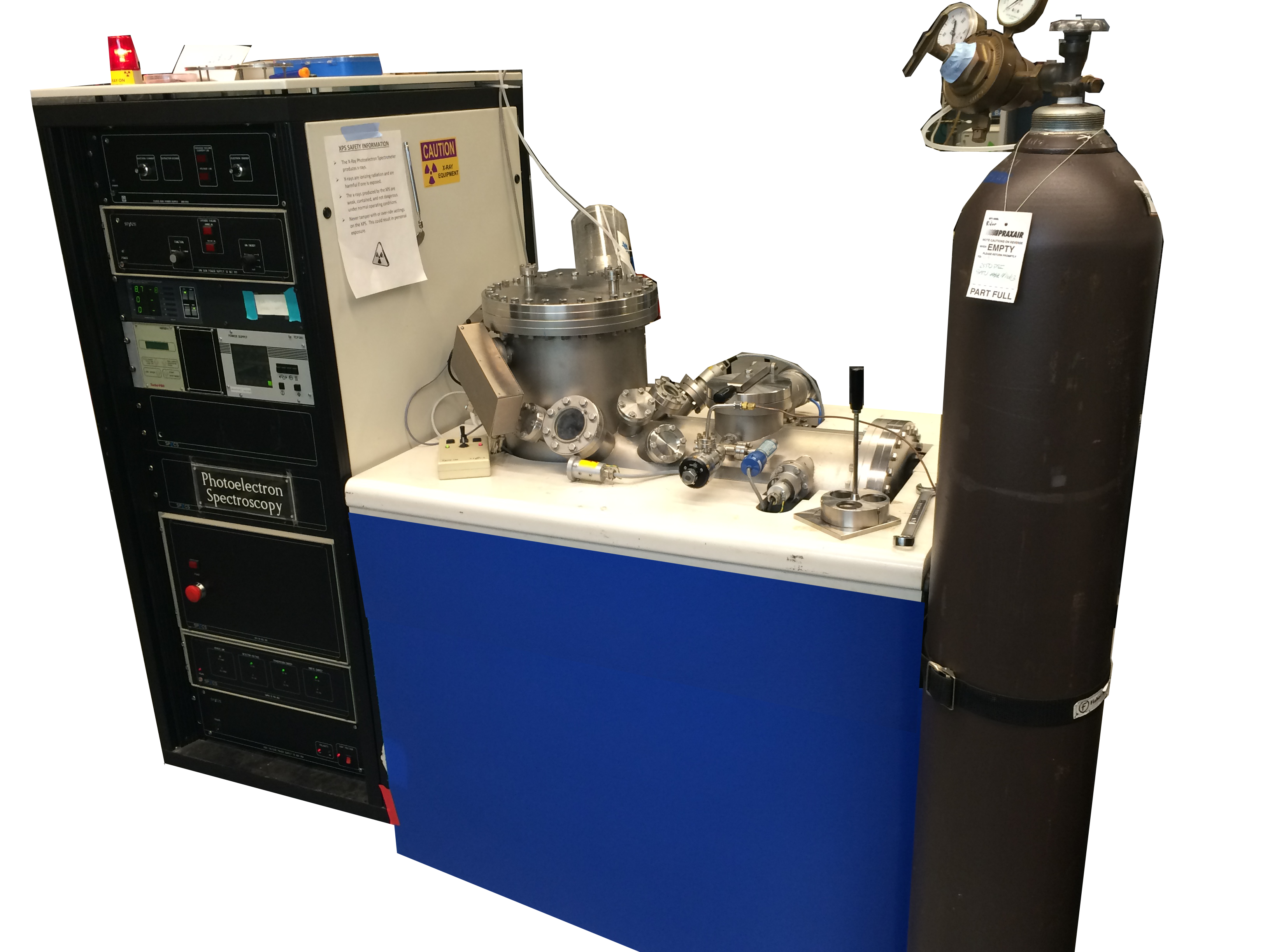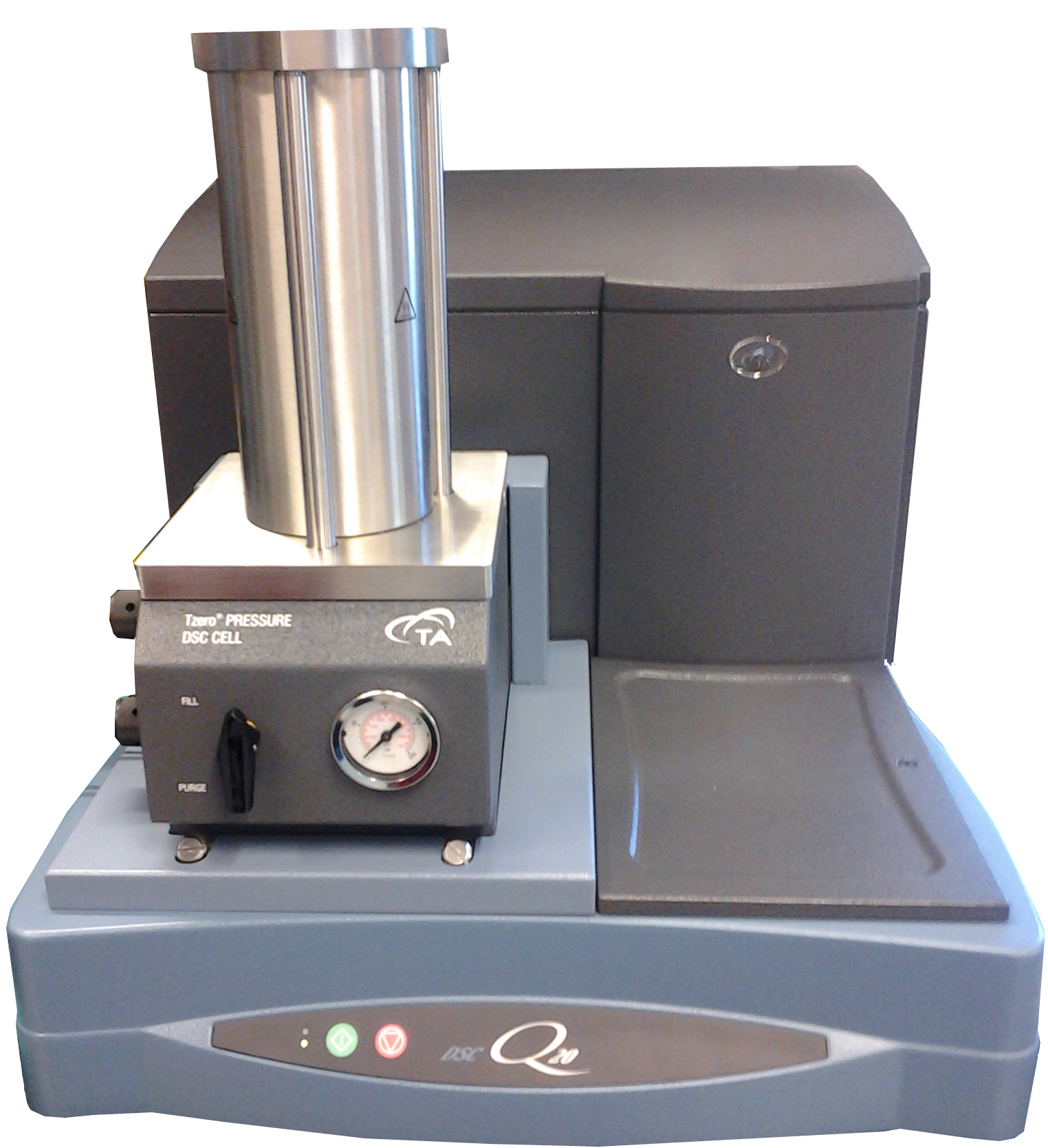Lab Procedures & Instruments
Students in the Rider Research Group operate and interpret data from highly sophisticated fabrication and characterization equipment.
General guidelines for the lab and much of our equipment is listed in the linked file:
Click here for the RIDER GROUP OPERATING PROCEDURES
In addition to the equipment below (which is in our lab area), we also use instrumentation in the Chemistry Department and Materials Characterization Laboratory, especially scanning electron microscopy, x-ray diffraction, inductively-coupled plasma mass spectroscopy and ellipsometry.

Rider Research Group Equipment
Glovebox
Access to a glovebox allows for the handling of air and moisture sensitive materials and the execution of experiments under a carefully purified atmosphere.
Four Fume Hoods Outfitted with Schlenk Manifolds

Access to four fume hoods outfitted with Schlenk Manifolds allows for the handling of air and moisture sensitive materials for chemical reaction and purification procedures.
Air-filtered Cleanhoods
Access to a workspace outfitted with particle-filtered airflow allows for the handling of substrates with reduced risk of contamination from airborne particles. This workspace houses a reactive ion etch (plasma sterilizer) instrument, a 0.1g weighing balance and a spincoater.

Spincoater
The use of a spincoater allows for the controlled casting of thin films on a variety of substrates.
Atomic Force Microscopy (AFM)

AFM provides nanometer- to micron-level imaging capabilities for investigating conductive and insulating samples. The technique generates images by scanning a sharp stylus over the sample and measuring the interaction force between the two.
Electrochemistry - Potentiostats and Rotating Ring-Disc Electrochemistry (RRDE)
Various programs are defined for two- or three-electrode configurations to study the charging or electron transfer events associated with solution-phase or electrode-mounted materials (small molecules and polymers or nanoparticle catalysts). Electrocatalytic activity for oxidation or reduction reactions
X-Ray Photoelectron Spectroscopy (XPS)
The SAGE 100 compact X-ray photoelectron spectrometer (XPS) system allows for quantitative chemical analysis (population and oxidation state) of the surface of many materials. The technique uses X-rays to excite a material and eject electrons with overall signal intensity that is proportional to the population of surface-located nuclei in the sample. The binding energy of the electrons is indicative of the oxidation state of the detected surface atoms.
Differential Scanning Calorimetry with High-Pressure Atmosphere (HP-DSC)
The HP-DSC instruments allows for the study of the thermal characteristics and transitions for liquids and solids. Melt, crystallization, glass-transition temperatures and curing temperatures are typically investigated. The high pressure accessory permits the study of materials under constant and/or reactive atmosphere.
Coupled Thermogravimetric Analysis and Fourier-Transform Infrared Spectroscopy (TGA-FTIR)
 The TGA-FTIR instrument allows for the simultaneous study of the change in the mass of a sample and the vibrational spectroscopy of volatile byproducts as the sample undergoes a programmed temperature evolution. Curing, drying, decomposition and oxidation are typically investigated.
The TGA-FTIR instrument allows for the simultaneous study of the change in the mass of a sample and the vibrational spectroscopy of volatile byproducts as the sample undergoes a programmed temperature evolution. Curing, drying, decomposition and oxidation are typically investigated.
Coupled Thermogravimetric Analysis and Mass Spectroscopy (TGA-MS)

The TGA-MS instrument allows for the simultaneous study of the change in the mass of a sample and the molecular mass analysis of ionized and/or fragmented volatile byproducts as the sample undergoes a programmed temperature evolution. Curing, drying, decomposition, and electrochemical gas evolution processes are typically investigated.
Dynamic Light Scattering (DLS) with Zetapotential
A DLS instrument is capable of determining the size distribution of particles in solution, in an emulsion, or in a suspension. The DLS measures Brownian motion of particles in a sample using an optical laser and then interprets particle size using established scattering theories. Additionally, the Rider group DLS can also apply an electric field to a particle solution of known viscosity and dielectric constant to determine the surface charge (zeta potential) of moving particles.

Harrick Refractor Reactor for FT-IR Spectroscopy
This accessory installs onto most FT-IR spectrometers and allows one to interrogate reflective metals, or particles adhered to a reflective surface, while simultaneously introducing inert or reactive gases. The samples can be heated up to 400°C in a pressure range of 0.0001 torr to 2 atm.




